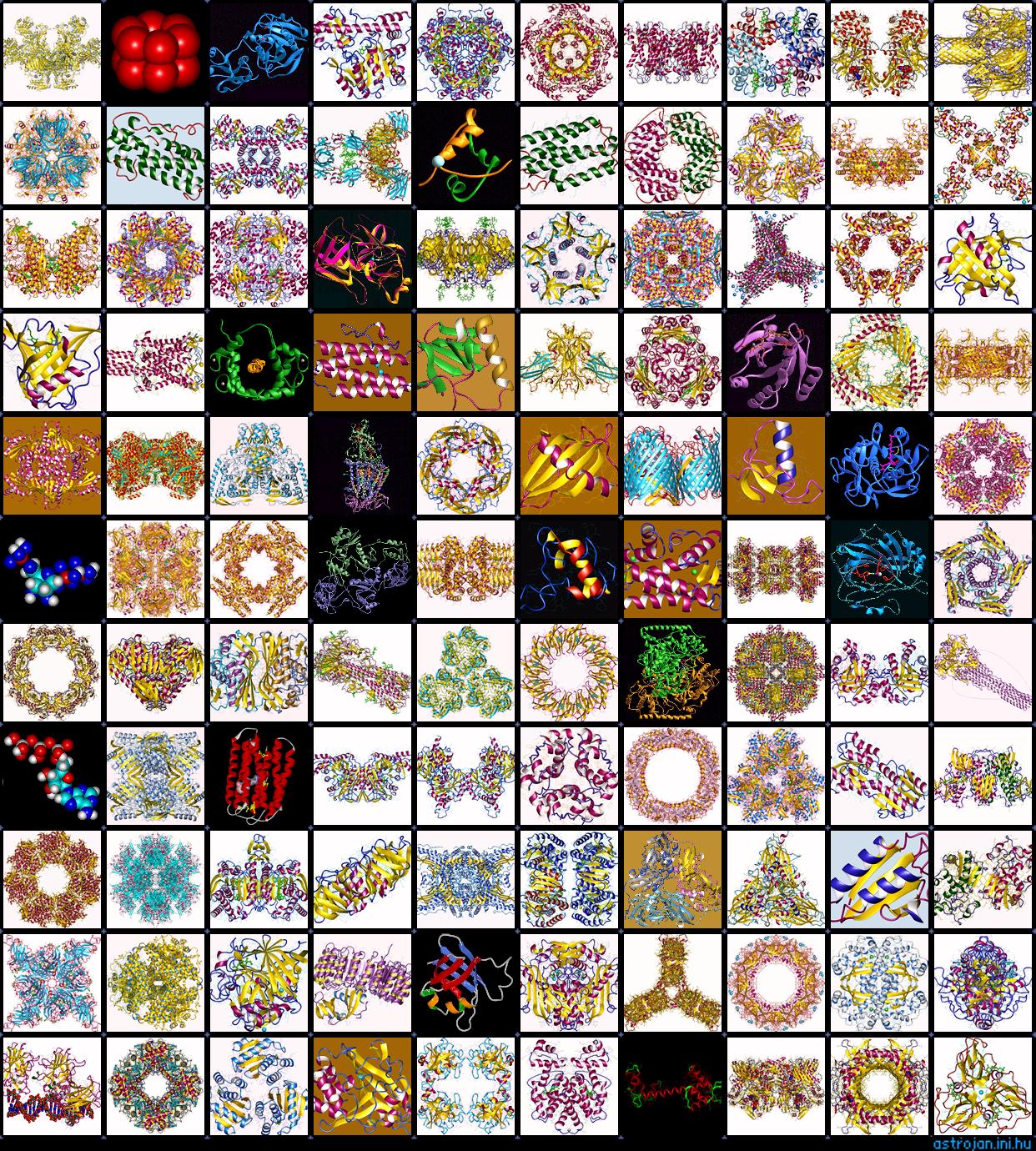Integrating Peptides into RNA-World
The RNA-World
Over 4 billion years ago, the molecular precursors to life showed up in the inhospitable soup of chemicals that we can barely recognize as Earth. The identity of these first molecular precursors is a schismatic “the chicken or the egg” debate, splitting people between groups that support molecules that carry information and ones with enzymatic activity.
If only a family of molecules could both have enzymatic activity and contain genetic information. Thus we enter the “RNA-world”, RNAs are molecules with its unique properties of having enzymatic activities and contain genetic information, it is the perfect molecule to self-replicate and mutate to pave the way for peptide and DNA to take over each role more effectively. This was the widely accepted theory since the 1960’s and remain relatively unchallenged until recently.

The timeline of the biodiversity of Earth, it all started with a few molecules. Image Credit: United States Geological Survey
The Problems of RNA-World
An article in Biosystems and another in Molecular Biology and Evolution, showed why a peptide-RNA complex world view is better than RNA-world hypothesis at explaining what the primordial molecular precursors would look like.
The researchers, Charles Carter from the University of North Carolina and Peter Wills from University of Auckland, from the articles approached the subject from two angles. First, from the perspective of enzymatic activity, although RNA show enzymatic activity but RNA does not react well to change like proteins. As a result, in the environment 4 billion years ago when the sea was cooling rapidly, the only way enzymatic activity could have survived was through proteins.
The other problem was genetic information, because at the beginning there were no genes or genetic codes. The changes and mutations in RNA would only be reflected in its abilities as an enzyme. An RNA only world cannot explain how and why the changes in RNA would lead to the creation of a genetic code with the purpose to create proteins. Thus, leaving a gap between the RNA world to the protein and DNA world.
The Peptide-RNA World
They proposed that a peptide-RNA complex, with the peptides that contain enzyme activity and RNA for genetic information, would fill the gap that the RNA-world cannot explain. This relationship would directly explain how mutations in RNA would affect enzymatic activity in protein, and why it needs to create better proteins to protect itself from a wider variety of situations. Furthermore, the addition of proteins explain how the first molecular precursors could survive in the ever-changing climate of the relatively new Earth.

A protein mosaic, providing an insight on the complexity of proteins. Image Credit: Astrojan
When the proteins and RNA were joined together at the start of life, the mechanisms for construction through transcription, translation, and replication must have co-evolved. With this concept in mind, the researchers found commonalities between compounds similar to evolution from a common ancestor. Thus, with these concepts in mind, when looking at molecules we can find an evolutionary chain to see how molecules developed to be what it is today and also why they developed this way.
Finally, to answer the “chicken and the egg” debate, it is likely to be both like an Oyako-Don (mother-child bowl), a Japanese dish that harmonize chicken and eggs. Life as we know it was likely developed through a combined effort of RNA and proteins.
